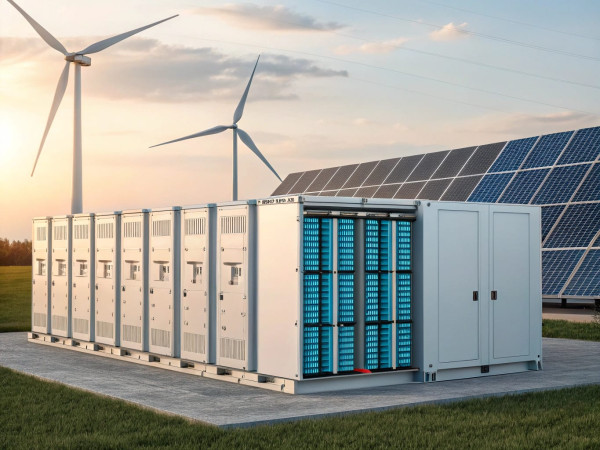
Follow India Renewable Energy News on WhatsApp for exclusive updates on clean energy news and insights
Energy Transition Lagging in India Amid Land and Financing Hurdles
Sept 11, 2025
India’s renewable energy expansion is trailing China by a wide margin, with 30 GW (25 GW solar, 5 GW wind) added in FY25, compared to China’s nearly 300 GW in the same period. Industry leaders at Mint’s Sustainability Summit stressed that while India’s clean energy progress is significant, it must accelerate sharply to meet the 500 GW non-fossil capacity target by 2030.
Key challenges slowing adoption include land availability, delays in transmission approvals, financing hurdles, and regulatory constraints. Praveer Sinha, CEO of Tata Power, noted that approvals for transmission lines and competitive financing remain critical barriers. Land requirements vary by technology: solar (2–10 acres/MW), wind (larger spacing), thermal (3–5 acres/MW), nuclear (1.3 sq. miles/1,000 MW)—making land acquisition a major bottleneck.
Nuclear power faces additional challenges, from water sourcing and high costs of nuclear-grade equipment to stricter regulation and public perception issues. India currently operates 25 nuclear reactors (8,880 MW), contributing just 3% of electricity generation.
On green hydrogen, Derek Shah, CEO of L&T Energy GreenTech, pointed out that high costs remain a key deterrent, though advances in electrolyzers and renewable power are addressing this. Gautam Reddy of AM Green emphasized that renewables are the most advanced, hydrogen is picking up, and nuclear lags but remains necessary.
Industry leaders agreed that India cannot rely on a single technology to achieve its 2070 net-zero goal. A mix of renewables, hydrogen, and nuclear—backed by timely infrastructure, financing reforms, and regulatory support—will be essential to meet energy transition targets.